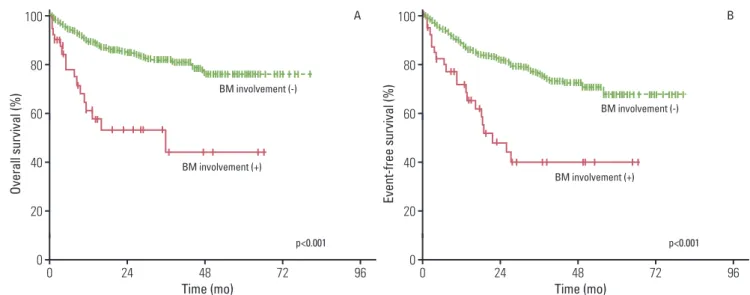+ + + + + + + + + + + + + + + + + + + + + + + + + + + + + + + + + + + + + + + + + + + + + + + + + + + + + + + + + + + + + + + + + + + + + + + + + + + + + + + + + + + + + + + + + + + + + + + + + + + + + + + + + + + + + + + + + + + + + + + + + + + + + + + + + + + + + + + + + + + + + + + + + + + + + + + + + + + + + + + + + + + + + + + + + + + + + + + + + + + + + + + + + + + + + + + + + + + + + + + + + + + + + + + + + + + + + + + + + + + + + + + + + + + + + + + + + + + + + + + + + + + + + + + + + + + + + + + + + + + + + + + + + + + + + + + + + + + + + + + + + + + + + + + + + + + + + + + + + + + + + + + + + + + + + + + + + + + + + + + + + + + + + + + + + + + + + + + + + + + + Byung Woog Kang,
MD1,Joon Ho Moon,
MD, PhD1Yee Soo Chae,
MD, PhD1,Soo Jung Lee,
MD, PhD1Jong Gwang Kim,
MD, PhD1,Yeo-Kyeoung Kim,
MD, PhD2Je-Jung Lee,
MD, PhD2,Deok-Hwan Yang,
MD, PhD2Hyeoung-Joon Kim,
MD, PhD2,Jin Young Kim,
MD, PhD3Young Rok Do,
MD, PhD3,Keon Uk Park,
MD, PhD3Hong Suk Song,
MD, PhD3,Ki Young Kwon,
MD, PhD3Min Kyung Kim,
MD, PhD4,Kyung Hee Lee,
MD, PhD4Myung Soo Hyun,
MD, PhD4,Hun Mo Ryoo,
MD, PhD5Sung Hwa Bae,
MD, PhD5,Hwak Kim,
MD, PhD6Sang Kyun Sohn,
MD, PhD11
Department of Hematology/Oncology, Kyungpook National University Hospital, Kyungpook National University School of Medicine, Daegu,
2
Department of Hematology/Oncology, Chonnam National University Hwasun Hospital, Chonnam University Medical School, Hwasun,
3
Department of Hematooncology, Dongsan Medical Center,
Keimyung University School of Medicine, Daegu,
4
Department of Internal Medicine,
Yeungnam University College of Medicine, Daegu,
5
Division of Hematology-Oncology, Department of Internal Medicine, Catholic University of
Daegu School of Medicine, Daegu,
6

